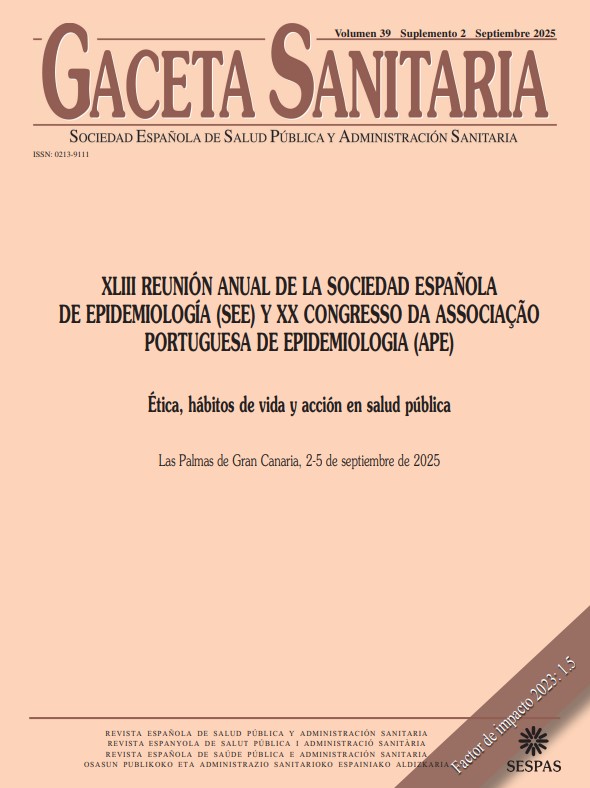1025 - ESTIMATING HIV INCIDENCE USING A LONGITUDINAL ASSESSMENT OF ROUTINE COMMUNITY-BASED TESTING DATA ACROSS THE WHO EUROPEAN REGION: INSIGHTS FROM THE COBATEST NETWORK
Centre d'Estudis Epidemiològics sobre les Infeccions de Transmissió Sexual i Sida de Catalunya (CEEISCAT), Departament de Salut, Generalitat de Catalunya; Germans Trias i Pujol Research Institute (IGTP); CIBER Epidemiología y Salud Pública (CIBERESP).
Background/Objectives: Over the past two decades, global HIV incidence has decreased, but this decline is slowing, and in some regions, it has plateaued or risen, particularly among key populations (KPs). Monitoring changes in HIV incidence over time within these groups is essential. Nevertheless, longitudinal incidence data for KPs remains scarce due to logistical and economic challenges. Community-based testing services are vital for reaching and testing KPs. The COBATEST Network connects such services across Europe and Central Asia, sharing harmonised data. An anonymised unique identifier helps track repeat testers, enabling longitudinal data analysis. The study aimed to demonstrate the feasibility of using routine community-based testing data to calculate HIV incidence for KPs.
Methods: A retrospective longitudinal analysis was conducted on testing data collected by COBATEST Network members using the COBATEST online data collection tool during the period 2014-2023. Participants with a at least two visits and a negative-HIV test result at the first visit, or those with only one visit but a self-reported previous HIV-negative test during the study period, were included in the analysis. HIV incidence rates were calculated using person-time measures and 95% confidence intervals (CI).
Results: Over the entire period, 38,657 participants were included in the analysis, contributing 66,605.73 person-years, and 447 participants seroconverted, resulting in an overall incidence of 0.67 per 100 person-years (95%CI: 0.61-0.74), ranging from 0.44 in year 2014 to 0.92 in year 2016. The estimated incidences across KP groups were as follows: 1.02 (95%CI: 0.92-1.13) for men who have sex with men (MSM), 0.27 (95%CI: 0.14-0.48) for people who inject drugs (PWID), 1.21 (95%CI: 0.98-1.45) for sex workers (SW), and 1.42 (95%CI: 1.21-1.64) for non-European migrants.
Conclusions/Recommendations: This study demonstrates the feasibility of using routine community-based testing data to estimate HIV incidence among key populations (KPs). The results reveal variability in incidence rates, with non-European migrants, MSM, and SW facing the highest burden. The use of anonymized unique identifiers and harmonized data collection within the COBATEST Network proves to be a valuable approach for longitudinal monitoring. Expanding such networks and data-sharing initiatives can strengthen surveillance and inform public health responses and policy.















